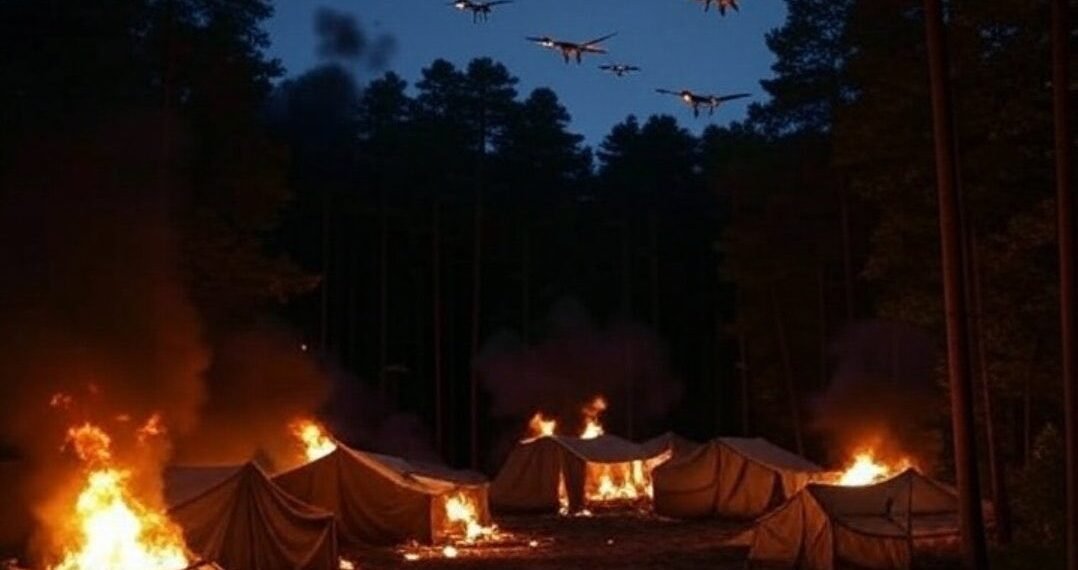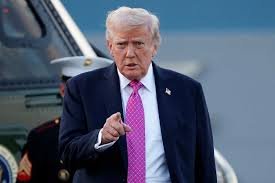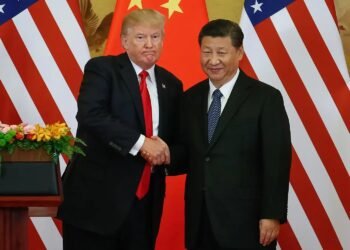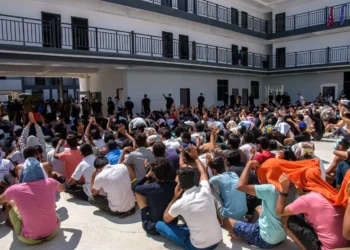Nayan Asom, ULFA-I’s elusive training chief and a key figure in its Supreme Council, may have been among those killed in India’s largest drone strike yet.
BY Navin Upadhyay
July 14, 2025: In a major escalation of India’s cross-border counter-insurgency operations, unconfirmed reports suggest that Lt. Gen. Nayan Asom, one of the top military commanders of the United Liberation Front of Assam–Independent (ULFA-I), may have been killed in a massive drone strike by the Indian Army inside Myanmar’s Sagaing Region on July 13.
Sources familiar with the strike claim that the Hoyat Basti camp, ULFA-I’s Eastern Command Headquarters and a key rebel stronghold, was struck by multiple precision-guided munitions launched from a fleet of nearly 100 drones. Nayan Asom is believed to have been present at the camp at the time of the assault, which also reportedly targeted the 779 Camp in Waktham Basti—another notorious insurgent base.
While Indian Army officials have so far declined to confirm or deny the reports, and Myanmar’s military regime remains silent, intelligence agencies and local informants have hinted at the likelihood of “high-value casualties” in the strike.
🧠 Who Was Nayan Asom?
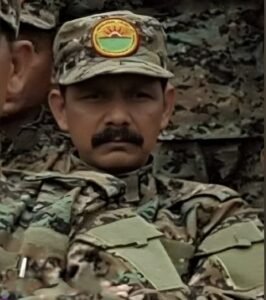
Nayan Asom, whose real name remains unknown, rose through the ranks of ULFA-I as a disciplined cadre, strategist, and key training commander. In December 2021, he was appointed Lieutenant General in the outfit’s military wing and became a member of the Supreme Council—the apex decision-making body within ULFA-I.
Indian Army has carried out drone strikes on ULFA & NSCN camps inside Myanmar.
Don’t expect Indian Army or Govt to announce it officially.
Just let these China backed Terrorists count the body bags & announce the number. https://t.co/TbB6hgtnQd pic.twitter.com/ZLhbC6QeD0
— Sreenath Boyapati (@sreenath1089) July 13, 2025
For years, Nayan Asom operated in the shadows of the Eastern Himalayas, shaping one of India’s most persistent insurgencies. If confirmed, his death will mark the end of a key chapter in ULFA-I’s armed campaign—and a turning point in India’s evolving counter-insurgency playbook that now includes deep-penetration drone warfare.
His legacy, like the conflict he helped sustain, remains bitterly contested—seen by some as a martyr for a lost cause, and by others as a purveyor of violence in pursuit of an unachievable dream
According to internal documents accessed by security analysts, Nayan Asom held dual responsibilities: President of the High Council, overseeing political and organizational strategy, and Operational Commander, in charge of military training, planning ambushes, and guerrilla warfare tactics
He was widely considered one of the architects behind ULFA-I’s renewed militarization in Upper Assam since 2020, especially after the group distanced itself from peace talks and resumed extortion, recruitment, and sabotage operations across the region.
Security experts believe Nayan Asom was instrumental in retooling ULFA-I’s combat tactics, focusing on training new recruits in jungle warfare, use of improvised explosive devices (IEDs), and asymmetric attacks on security convoys.
READ: Indian Army Unleashes Deady Attacks on ULFA-I Camps in Myanmar, Kills Top Commander
His leadership was rooted in the belief that ULFA-I must resist integration with India at all costs and revive the dream of “Sovereign Assam.” He had reportedly trained alongside cadres from other Northeastern insurgent groups such as NSCN-K and the People’s Liberation Army (PLA) of Manipur, forging operational ties and sharing training camps along the India–Myanmar border.
His ideological rigidity and military pragmatism made him both feared and respected among ULFA-I ranks. He rarely appeared in photographs or public propaganda, preferring to work from behind the scenes.
Nayan Asom is believed to have been operating out of Sagaing and Kachin regions of Myanmar, which serve as rear bases for several Northeastern insurgent outfits. These border zones have become increasingly lawless since the 2021 military coup in Myanmar, with the ruling junta losing effective control over large swathes of territory.
ULFA-I has long exploited this instability, setting up camps in areas controlled by ethnic armed groups and benefiting from a porous and rugged border with India.
Indian intelligence agencies have tracked Nayan Asom’s movements over the past two years, noting his presence during a major restructuring of ULFA-I’s training operations in 2023.
Indian Army has carried out drone strikes on ULFA & NSCN camps inside Myanmar.
Don’t expect Indian Army or Govt to announce it officially.
Just let these China backed Terrorists count the body bags & announce the number. https://t.co/TbB6hgtnQd pic.twitter.com/ZLhbC6QeD0
— Sreenath Boyapati (@sreenath1089) July 13, 2025
If Nayan Asom has indeed been killed in the drone strike, it would represent a significant blow to ULFA-I’s military leadership. He was seen as a stabilizing force and a mentor figure to younger cadres, many of whom were recruited after the group split from peace negotiations.
His absence may create a leadership vacuum, especially at a time when the group is trying to rebuild its operations in Upper Assam and reassert relevance after years of decline.
READ: Arunachal School Closed After Sexual Assaults, Mob Lynching
Some observers warn that his death could also provoke retaliation or further radicalization within the outfit. Others argue that it may accelerate desertions and weaken morale, especially if the Indian Army continues precision operations beyond the border.
Official Silence, Growing Speculation
As of July 14, there has been no statement from ULFA-I confirming or denying Nayan Asom’s death. In the past, the outfit has taken several days—or even weeks—to acknowledge the death of senior members, often weighing strategic consequences before making public statements.
Meanwhile, Indian officials also remain tight-lipped.


